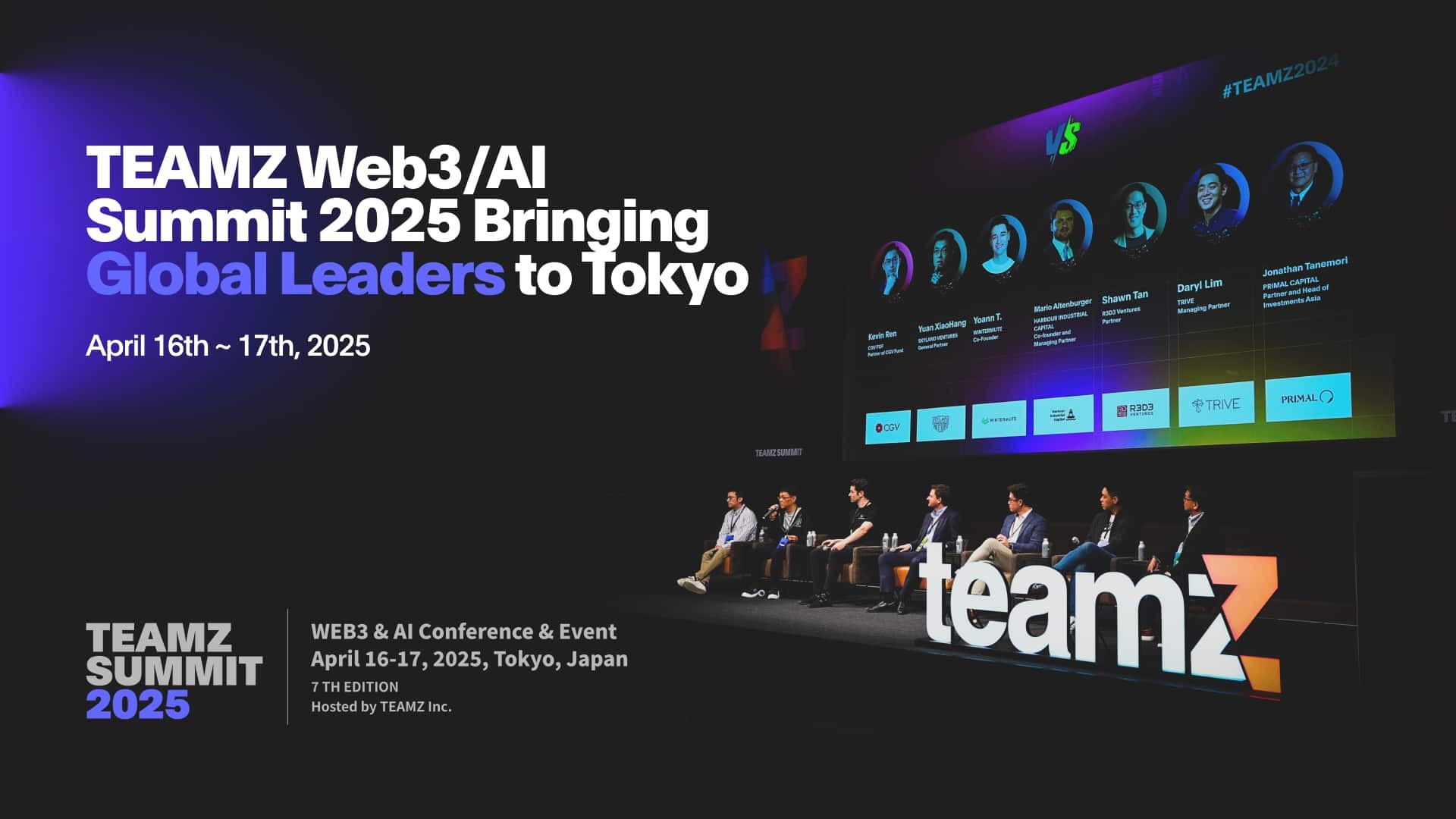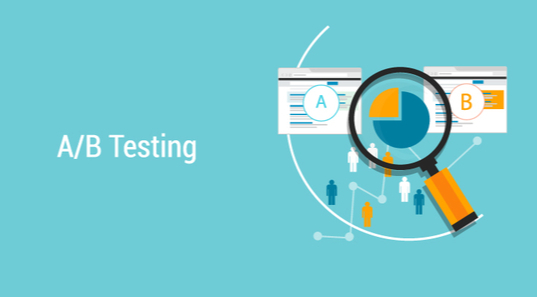Top Performing Ad Formats for Web3 Campaigns in 2025

Web3 marketing has changed quickly in a short amount of time. Decentralized ecosystems have become increasingly sophisticated, it is estimated that TVL in DeFi will grow to over $200 billion by 2025. The old playbook for digital advertising no longer seemed to work as well. In 2025, getting the attention of an audience that is privacy-conscious, tech-savvy, and thoroughly immersed in community-driven platforms is a different approach.
For marketers attracting audiences for thorough dApps, NFT collections, and DeFi apps, the right ad format can be a difference maker, since Web3 users are spending roughly 10 hours per week interacting within Web3-related applications. It’s not just a question of visibility, it’s mostly about matching your message to the right channel, in the right way, for the right kind of user. As new Web3-native formats spring up alongside Web2 industry standbys that have come to embrace these assets, the market is offering more opportunity than ever, but also more complexity.
In this piece, we’ll take a look at the top ad formats for Web3 campaigns in 2025 and consider how classic formats are being reinvented, as well as what new developments are driving the most engagement, conversion rates, and community growth.
Web3 Audience and Campaign Goals
Web3 marketing begins with understanding the mindset of its participants. Unlike most users, the audience of Web3 skews toward being hyper-engaged, extremely knowledgeable, and skeptical toward traditional advertising methods.
Now marketers must respond to an environment in which users demand something of value in exchange for their attention, be that education, token incentives, or access to exclusive communities.
Regarding campaign objectives, Web3 projects typically have one or more of the following:
- User acquisition: Attracting active users to test a dApp, join a presale, or mint an NFT.
- Community growth: Building loyal, engaged groups on platforms like Discord or Telegram.
- Token exposure: Particularly useful for DeFi protocols and exchanges.
- Liquidity or trading volume: Particularly useful for DeFi protocols and exchanges.
- Brand trust: Establishing credibility in a space where most people are afraid of getting scammed.
- Onboarding: Attracting non-crypto users to the ecosystem via simple UX and understandable messaging.
To achieve results, the ad formats you choose should be consistent with users’ experience and the type of platform. In the following sections, we examine the formats that are most effective at delivering results within these objectives.
Traditional Ad Formats Adapted for Web3 Campaigns
Although Web3 advertising adds a number of new dynamics, many of the traditional ad formats still have an important part to play, especially if constructed to resonate with the behaviors and expectations of crypto-native users. These formats drive awareness, build credibility, and direct users into project ecosystems.
Video Ads
Short-form videos are going to be one of the best weapons in Web3 campaigns. Whether it’s a teaser for a token launch or even a how-to stake assets in a DeFi protocol, visual content is a quick way to educate and engage. Video formats are especially strong on platforms like X, YouTube, and even Telegram, where snappy storytelling can trigger curiosity or action. A well-made explainer clip can go some way to fitting the bill for newbies who want to know what a project does in a minute or less.
Display Ads
Banner ads are a staple of crypto advertising when placed on high-traffic platforms like CoinMarketCap, CoinGecko, and niche industry sites. Their value is simply one of reach, and in the early portion of the reach, perfect for token announcements, airdrops, or early access to NFT mints. In combination with a retargeting plan, display ads can work to re-engage users who visited a landing page but didn’t convert, moving them further down the funnel over time.
Bitmedia features a variety of different-sized banner ads designed for crypto campaigns. Advertisers have the choice of simple text ads for short messages, responsive ads that include a logo or brand as visuals and customized copy, or image banners for a timeless appearance. For campaigns that need a little more interactive contact, Bitmedia also supports HTML5 banners. Flexible formats allow crypto projects to use their brand voice.
Native Ads
Between marketing and content, native advertising is a powerful format for storytelling and thought leadership. Sponsored content on crypto ad platforms, like Bitmedia’s partner network or blogs targeting Web3 enthusiasts, allows projects to come forward with more detailed narratives: ecosystem benefits, roadmap breakdowns, founder interviews. Unlike obtrusive ads, native ads are non-disruptive and resonate better with users’ expectations and content consumption patterns, which means that users tend to stay longer on the page and trust you more.
Influencer & Social Media Ads
Influencer collaborations remain a high-converting Web3 strategy, primarily when mixed with genuine engagement. Micro-influencers and niche KOLs (key opinion leaders) in crypto can get projects not just in front of but directly into hyper-targeted, engaged communities. Whether it’s a Twitter Spaces AMA, YouTube review, or TikTok walkthrough, these formats add credibility and offer social proof.
Email & Newsletter Campaigns
Email will always be a direct and personal communication method; a great way to provide updates on token unlocks, whitelist, or governance proposals. Many Web3 users are signed up to project mailing lists or curated newsletters around crypto, so email is a strong format to continue nurturing engagement. 54% of Web3 marketers incorporate email in their strategy. With segmentation, product campaigns can address particular user cohorts (like early NFT buyers or DAO voters) with targeted content and calls to action.
Podcast Sponsorships
Crypto podcast listeners are highly engaged, with longer attention spans and an interest in the technical or philosophical sides of blockchain. Sponsoring your project in the form of segments on popular podcasts (Bankless, Unchained, or niche developer Web3 shows) can put your project into conversations where users already have trust. It’s particularly powerful for work with builders, researchers, or long-time makers.
Event & Webinar Promotions
Virtual and IRL blockchain events continue to be top venues for Web3 communities to gather. Web3 Ads promoting side events at major conferences, hackathon participation, or online AMAs get a good audience and interest. Examples of these promotions include leading with display ads to get users onto a registration page, or the combination of email reminders with a corresponding group announcement on Telegram, to ensure follow-through.
Emerging Web3-Native Ad Formats
Web3 marketing is no longer reliant on run-of-the-mill formats, instead becoming more of a new kind of marketing that can support decentralized technology and community-backed ecosystems. Native ad units deliver deeper interaction and transparency, resulting in more impactful connections.
Token Incentive Campaigns
Token rewards are the primary mechanism still used to incentivize users` engagement with Web3 projects. Through the distribution of tokens and airdrops as incentives for certain activities like joining a community, sharing some good content, or taking your friends to test a dApp, campaigns drive the activity of the crowd. These incentives not only drive early engagement, they foster an engaged user base with a vested interest in the success of the project.
Well-designed token incentivization schemes can help spread the word and fund tokens more widely, generating a virtuous circle of network effects and programmatic scaling.
On-Chain Advertising
Placing ads on blockchain platforms themselves provides new heights of transparency and security. Ads on-chain leverage smart contracts that allow you to prove the ad served and paid. Creating verifiability and trust with advertisers and users by rendering campaigns auditable and immutable, this model goes to the very heart of advertising itself.
In a world where on-chain advertising is still emerging, the concept of on-chain advertising becomes a natural phenomenon for any Web3 ecosystem (DeFi protocols or NFT marketplaces) to promote products in a fully transparent and accountable way.
Interactive & Gamified Ads
Interactive ad units such as quizzes, puzzles, or NFT reveals will make users play and engage, instead of just passively consuming. These gamification elements provide attendees with fun tokens, collectibles, and exclusivity, meaning their experience is fun and has value.
For example, an NFT reveal campaign where users must take action to reveal rare digital items each day would increase project excitement and retention.
Metaverse & VR Ads
The emergence of metaverse platforms offers immersive marketing possibilities that go far beyond banners or videos. In virtual worlds, brands and projects can build immersive experiences, for virtual, brand-branded showrooms, events, or art installations, and allow visitors to freely roam, interact, and socialize in real time.
The immersive ads tap into an increasing fascination with virtual identity and community that marketers can leverage to make emotional connections in new places. The format will be increasingly valuable for Web3 campaigns and KOLs advertising on the metaverse.
Decentralized Social Media Ads
Advertising on decentralized social platforms that are basically social networks where users are in charge of their data – it’s a whole new frontier. 62% of marketers surveyed said they are using social media in Web3 marketing campaigns. Such networks combine native in-app wallet capabilities, enabling you to transact, tip, and trade tokens directly within social feeds. This is how we can have more relevant and less spammy ads, since users are directly interacting with verified communities.
Conclusion
Adaptation is key to success in Web3 marketing. The traditional ad formats, adapted to a Web3 environment, are valuable ways to get awareness, reach, and credibility. Meanwhile, new formats that are native to decentralized economies offer new ways to engage and build sustained loyalty with communities.
The most successful campaigns of 2025 will take the best of what is working, from video ads and newsletters to token incentives and metaverse activations, and marry them with Web3-native strategies. This hybrid strategy enables marketers to reach audiences where they are, on any platform, chain, or reality, whilst being in line with the concepts of decentralization, ownership, and transparency.
Are you ready to create impactful campaigns that speak Web3 language?
Launch with Bitmedia — a crypto-focused ad platform that aims to help Web3 ventures scale visibility, engagement, and growth. Get started now and access an ecosystem that gets your audience.
How do metaverse ads differ from traditional digital ads?
Metaverse ads are immersive and spatial. Instead of static banners or pre-roll videos, brands can create immersive experiences, branded NFT drops, virtual billboards, and 3D environments that users can interact with inside virtual worlds.
Are influencer ads still effective in Web3 marketing?
Yes, influencer ads are still effective in Web3 marketing, but with caveats. In Web3, trust and community alignment are far more valuable than follower count. Use the creators who are truly immersed in crypto culture, have a track record of transparency, and can spark a real conversation.
How can on-chain advertising improve ad transparency?
On-chain advertising improves visibility for all stages of the ad lifecycle. Starting from impressions and clicks to reward payments and validation, campaigns in the blockchain can be independently audited and monitored in real-time.


